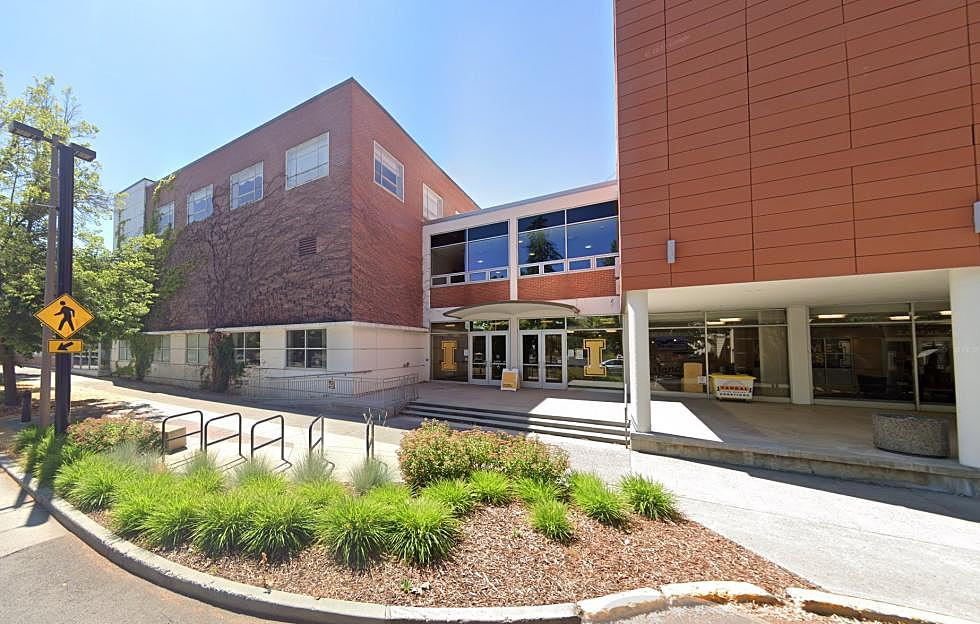
Is Stolen Indigenous Land Funding University of Idaho?
In a recent investigation by Grist, a nonprofit media organization focused on environmental issues, findings suggest that a number of land-grant universities in the United States have been profiting from lands acquired from Indigenous peoples. This practice, which dates back to the 19th and 20th centuries, involves the federal government taking land from Indigenous communities and allocating it to states for the establishment of public colleges. According to Grist, this has resulted in millions of acres, once belonging to over a hundred Indigenous nations, being used to generate revenue for educational institutions through various means, including industries like oil and gas production, mining, and logging.
The University of Idaho's Involvement
Among the universities named in this report is the University of Idaho, which is located on the indigenous lands of the Nez Perce, Palouse, and Coeur d’Alene tribes. This inclusion points to a broader narrative of how land-grant universities across the country, have historically benefited from and continue to profit from lands taken from Indigenous peoples.
Grist’s Key Key Findings Summarized
Revenue from Indigenous Lands
Grist's investigation uncovers that fourteen land-grant universities generate substantial revenue from approximately 8.2 million above-ground and subsurface acres, land once belonging to at least 123 Indigenous nations. The report states that these lands were acquired through more than 150 land cessions, often without fair compensation to the Indigenous nations involved.
Financial Compensation and Continual Benefit
The investigation notes that Indigenous nations were compensated roughly $4.3 million in "today's dollars" for these lands, a figure that contrasts with the continuous revenue streams these lands provide to universities. In many instances, no compensation was provided at all. This ongoing financial benefit is compounded by the fact that nearly a quarter of the trust lands are used for fossil fuel production and mining, contributing significantly to the universities' incomes.
Economic Impact and Educational Funding
In terms of economic impact, state trust lands generated over $2.2 billion in revenue in 2022 alone, with a total of approximately $6.6 billion between 2018 and 2022. These activities not only subsidize higher education, reducing the financial burden on citizens but also highlight the significant reliance on these lands for funding educational institutions.
University Response and Acknowledgment
The University of Idaho, among others, has publicly recognized that its land base sits on what were once Indigenous homelands. Further, The University of Idaho has expressed a commitment to "build relationships with Indigenous people to ensure the integrity of tribal voices." You can read more from content posted on the University of Idaho’s website
Encouragement for Reader Inquiry
This summary, derived from Grist's findings, provides a glimpse into the complex relationship between land-grant universities, the lands they profit from, and the Indigenous communities affected by these practices. The topic of land-grab universities is far from new, there's a lot to unpack, the legalities are complex, and you may find the issue worth further scrutiny. As with any report that offers strong claims, I would encourage you to research the issue further. You can read more detailed information about the Grist account by reading directly on their website.
LOOK: Counties with the highest cancer rates in Idaho
Gallery Credit: Brad/Stacker
More From 95.7 KEZJ









